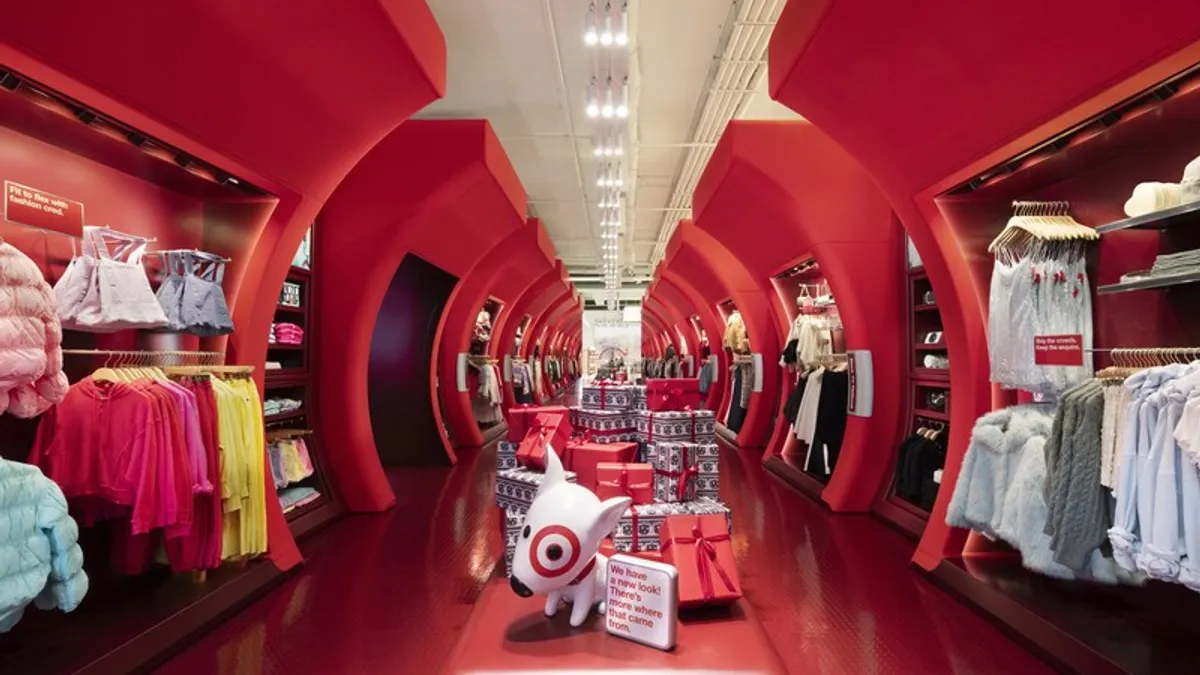In its report on the delayed Prime Day sales event this year, Amazon kept the focus on its third-party marketplace.
Those sellers globally, in the 19 countries where Prime Day took place, took in more than $3.5 billion, making the event "the two biggest days ever for third-party sellers, nearly all of which are small and medium-sized businesses," the e-commerce giant noted in a blog post Thursday.
The company didn't reveal its total haul, but Digital Commerce 360 estimates it was $10.4 billion globally over the two-day period, up from $7.16 billion for the event in July 2019. In the U.S., eMarketer estimates Amazon's Prime Day sales rose 42.8% from last year to $6.17 billion. The year-over-year increase in the U.S. was significantly lower than in 2019, when it reached 65.2%. But that merely indicates how entrenched Prime Day has become, according to eMarketer analyst Andrew Lipsman.
"Growth rates naturally come down over time," he said by email. "It's harder to grow at very high rates once a certain level of scale is reached. It doesn't have anything to do with the timing of the event moving to October."
The pandemic forced Amazon to delay its big sale from its usual July date, but in a year when all retailers want to get a jump on the holiday season, the timing was fortuitous.
"Prime Day typically feels like 'Christmas in July,'" Keith Anderson, senior vice president of strategy and insights at Profitero, said on a Zoom call. "There's no question that this year, just given the timing, we saw demand pulled forward."
The rivals
But it's not clear how much that pull will affect the shopping season overall.
Bigger rivals like Target and Best Buy that held their own sales during the two days of Prime Day "yielded impressive results," especially on day one of the event in the U.S. and U.K., according to an email from digital marketing agency PMG. But that report also noted that "It is yet to be seen whether a notable halo will emerge to help kick off an early shopping season in the U.S."
Amazon captured the lion's share of spending in the period, according to an email from e-commerce research company Edison Trends, which found that Amazon took 91%, Walmart 4%, Best Buy 3% and Target 2%.
"Amazon captured 90%+ of activity on the event early on, dwarfing any contribution from Target and Walmart," Rick Watson, founder and CEO of RMW Commerce Consulting, said by email, citing Edison's findings. "This points to how smart Amazon is to 'own' their own events. They will always get much more benefit than other retailers."
For its part, Target said that sales grew by more than 2.5 times compared to last year, and its same-day fulfillment services were up nearly 300% during the event.
Amazon was able to keep the date in October under its hat for quite a while, making it difficult for competitors to plan, according to Profitero's Anderson.
And it's not just share or logistics in Amazon's corner. The e-commerce giant leverages the event to get more of its devices — Echo speakers, Kindle e-readers, Fire TVs and Ring doorbells — into households, engulfing those households into its ecosystem. And because only Prime members are privy to Prime Day's deals, it collects more memberships, again trapping more consumers into its sphere, Anderson said. (Amazon in its release didn't reveal how many people signed up for Prime.) Best Buy attempted to address that by limiting some price guarantees to its loyalty members, but that pales compared to Prime, according to Anderson.
"The other retailers from what I can see were able to draft on Amazon's event somewhat. Walmart adding days is a sign that they have seen some success," he said. "But Prime Day makes most sense to Amazon because the deals and conveniences are only an option if you are a Prime member. Retailers end up deeply discounting product, and the customers they get are so transactional that it's one and done. Aside from trying to load balance, it's just less strategic for competitors."
The sellers
Reading Amazon's recap of Prime Day, it might seem that its marketplace sellers were the biggest winners of all, but that's not necessarily true.
In July, members of Congress confronted Amazon CEO Jeff Bezos with accusations from sellers that Amazon routinely mines their data in order to compete against them through its own first-party marketplace, including developing private-label renditions of their best-selling products or burying their product listings unless they sign up for expensive advertising.
And during a pandemic that has hit mom-and-pop retailers especially hard, some consumers are making a point of spending their money closer to home. Portland, Oregon bookseller Powell's, an Amazon seller for two decades, recently went so far as to quit that marketplace in an effort to keep the focus on local independent retailers.
Amazon itself seems well aware of this sentiment, amplifying what it calls its support for small and medium businesses in much of its communication, including its Prime Day report. The company also regularly emphasizes that nearly 60% of the goods sold on its site flow through its marketplace. But the company also makes a lot of money from those sellers. Amazon reported $54 billion in seller fees last year. This year's Prime Day wasn't all that lucrative for many of its sellers, according to Leon Lewis, founder of Daybreak Growth Partners, a boutique Amazon and D2C agency for startup CPG brands.
Without providing sales numbers, Amazon itself on Thursday noted that its own Echo Dot device "was the most popular item purchased on Prime Day globally," and that customers "purchased millions of Alexa compatible devices during the Prime Day event" and "even more Fire TV Edition Smart TVs than during previous Prime Day events, buying a record-setting number of Fire TV Edition Smart TVs from brands including Toshiba and Insignia."
Moreover, the secrecy surrounding Prime Day that kept rivals in the dark also made it more difficult for its sellers to prepare, according to Lewis.
"Amazon shifted Prime Day's messaging from the 'biggest shopping event of the year' to 'get your gift shopping started early' — effectively transforming Prime Day from a major event to a lackluster pre-Black Friday sales push," Lewis said via LinkedIn message. "I think this continues the trend of Prime Day as increasingly 'pay to play' and less of a boon for small brands on the platform, many of whom saw little growth or flat YoY sales during this year's event vs. 2019. With Amazon's record year and already overburdened fulfillment operations, it's not a surprise that they promoted less, and focused on bigger ticket items to minimize their risk of delays in delivery."























